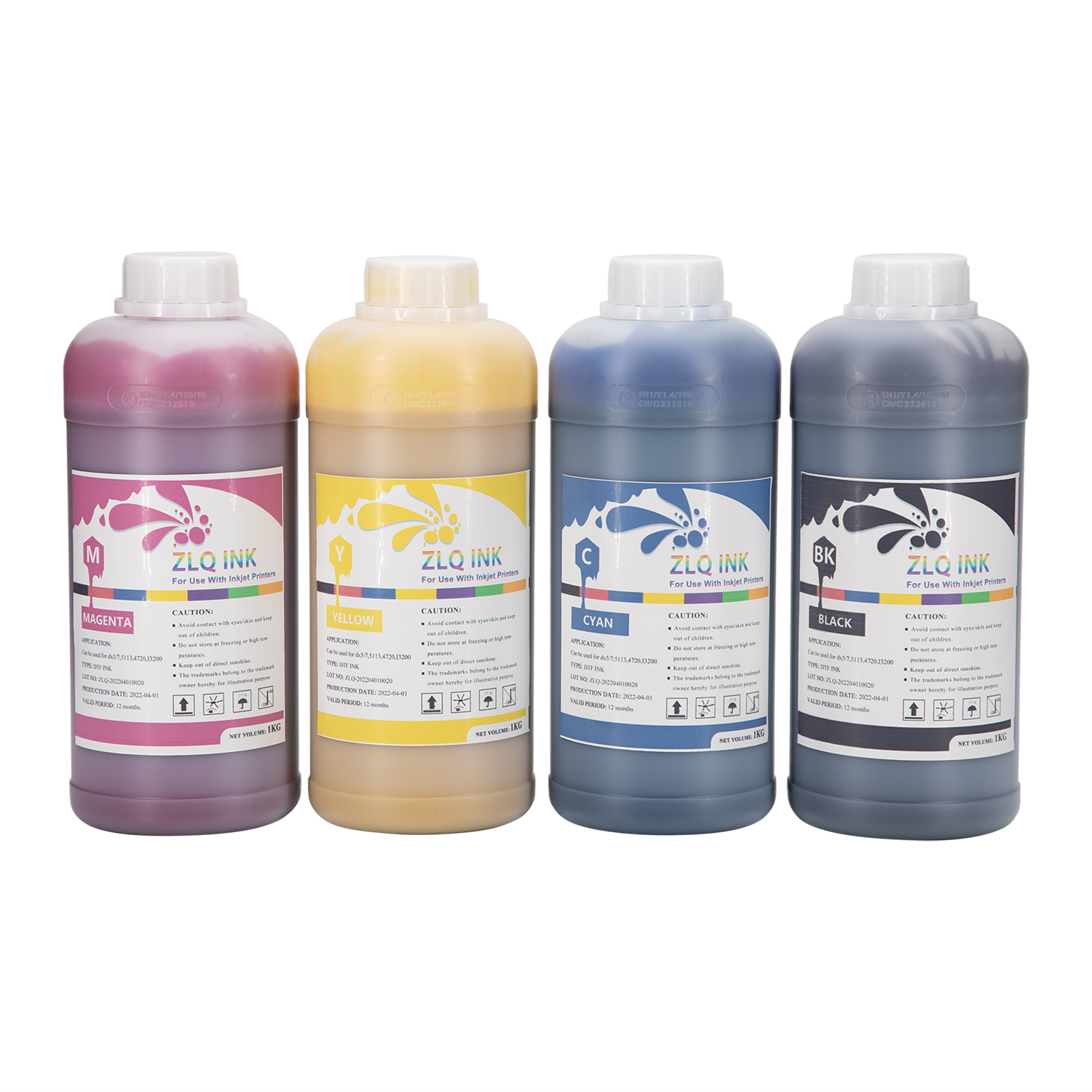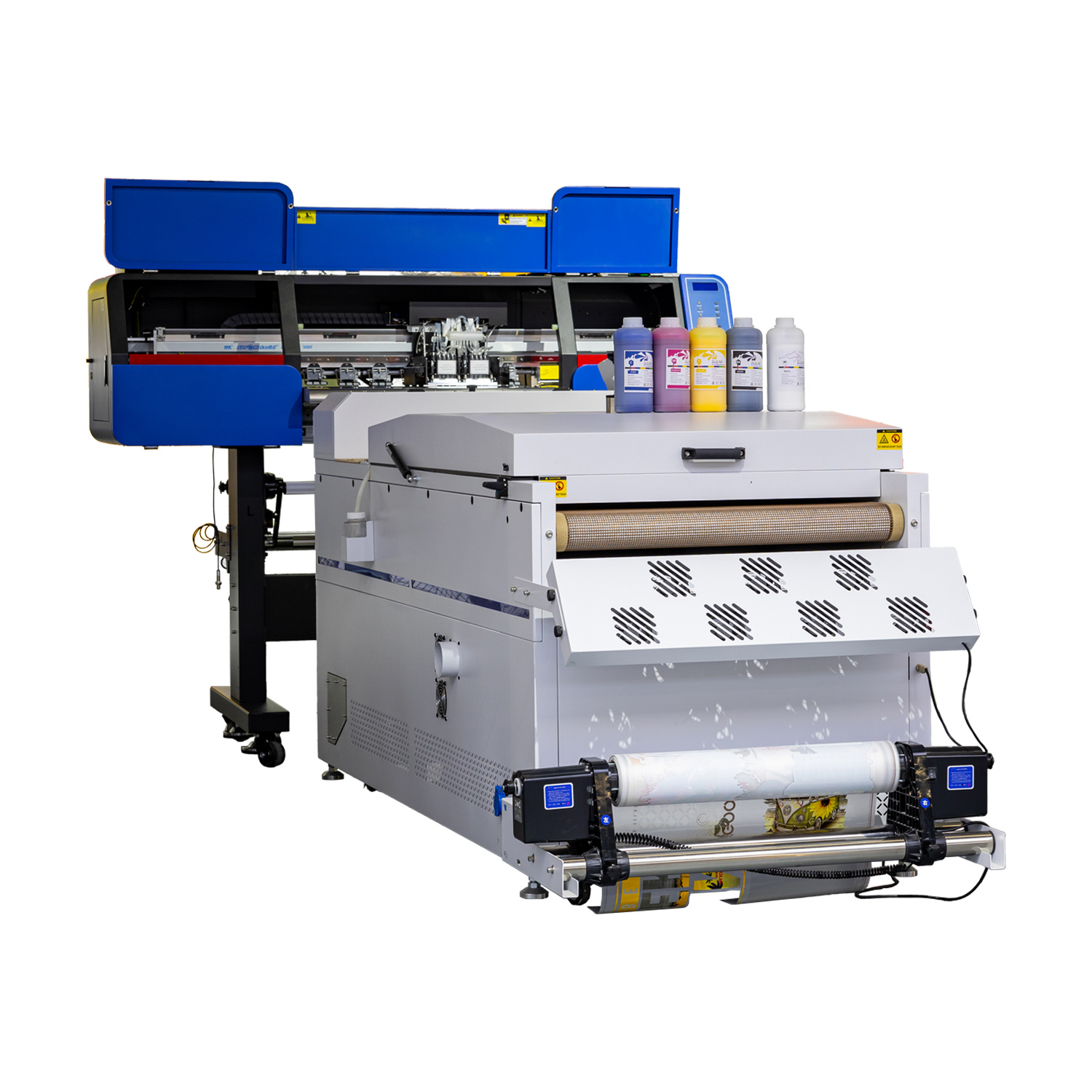

1. Raw material cost: The raw materials of ink include pigments, dyes, solvents, etc., and their price fluctuations will directly affect the cost of DTF ink. For example, some high-quality pigments or special solvents are expensive, and the price of ink produced using these raw materials will also be relatively high.
2. Brands and manufacturers: Well known brands and manufacturers with a good reputation usually invest more in research and development, production quality control, etc., and their product prices may include a certain brand premium. Some small brands or new entrants to the market may sell ink at a lower price in order to compete for market share.
3. Ink performance and quality:
• Color performance: Inks with good color vividness, accuracy, and stability may have higher prices. For example, inks that can present a wider color gamut and delicate color transitions have high technical content and high costs.
• Fluency and stability: Inks that are smooth during printing, not easy to clog the nozzles, and have good stability for a long time have more complex formulas and production processes, and their prices will be affected.
• Lightfastness, waterfastness, etc.: Inks with good lightfastness, waterfastness, friction resistance, etc. can keep the quality of printed products for a long time, and the price of such inks is usually higher.
4. Production process and technology: The use of advanced production processes and technologies, such as nanotechnology, special formulas, etc., can improve the performance of inks, but it will also increase production costs, which will affect prices. For example, some innovative ink production technologies can improve the adhesion of inks or reduce the impact on the environment, but the research and development and application of these technologies will increase the price of inks.
5. Market supply and demand relationship: If the market demand for DTF inks is strong and the supply is relatively insufficient, the price will tend to rise. On the contrary, when supply exceeds demand, manufacturers may promote sales by reducing prices. For example, in certain specific periods, such as the peak season of the clothing industry, the demand for DTF inks will increase significantly, which may lead to price increases.
6. Packaging and specifications: The packaging form (such as bottles, barrels, etc.) and specification size (such as different capacities) of inks will also affect prices. Generally speaking, the unit price of inks packaged in large volumes may be relatively low, but the total price may be higher. Small packages of ink are easy to use and store, so the price may be higher.
7. Sales channels and regional differences: Different sales channels may have different operating costs and profit requirements, which may lead to different ink prices. For example, ink sold through distributors may be slightly higher than directly purchased from manufacturers because distributors need to make a certain profit. In addition, factors such as market competition conditions and consumption levels in different regions will also cause regional differences in prices.
8. Environmental factors: DTF inks that meet environmental standards, are environmentally friendly, and have low pollution or no harmful substance emissions may require special raw materials or processing processes during the production process, which will increase production costs and make their prices relatively high. For example, water-based environmentally friendly DTF inks may be more expensive than traditional solvent-based inks.